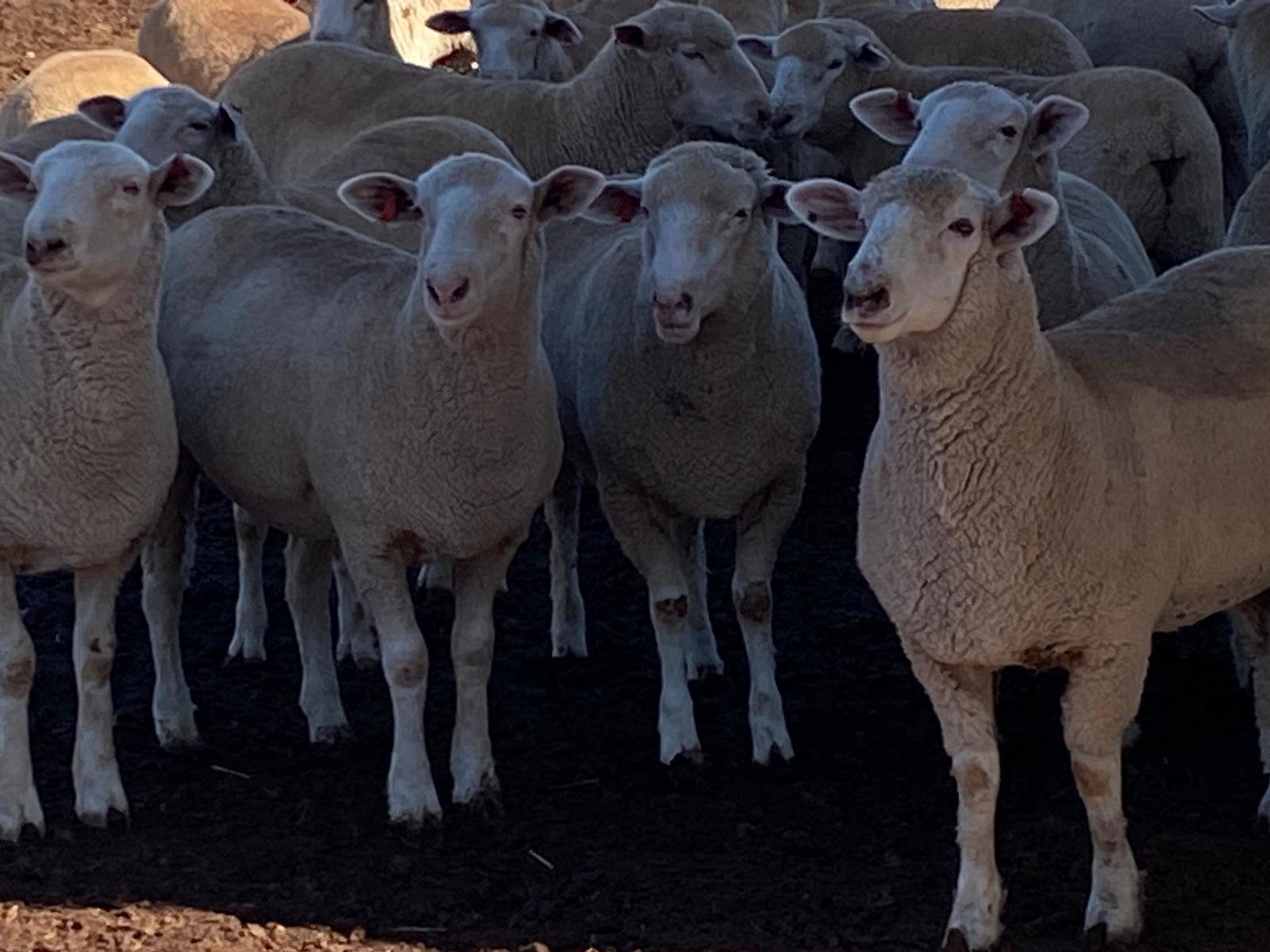Movement at the Market

3 May 2023
The base commodities are starting to move up gradually, with mutton and beef 80 & 90CL (minced meat) leading the charge. Our domestic mutton sales in Australia are quite small and price is driven by international demand. Looking at the recent analyst graphs from Matt Dalgleish from EP3, mutton is doing what we suggested would happen in January, considering the value of sheep fell well under true value on the back of oversupply. WA is still struggling with price as the live export discussions play out. This is unlikely to change until the back end of May and as numbers decline.
Beef 80 – 90CL grinding product is in strong demand internationally and domestically. Many of the high-quality cuts are struggling to move at current pricing and the last few weeks have seen supermarkets and butchers starting to actively drop shelf meat pricing. A return to minced meat has become the go to option for many households as it provides a more economical meal option for budgets under pressure due to the increased cost of living.
Will the demand for mutton and 80 – 90CL ease before the end of September? I see this as highly unlikely and believe there is still an upside to create solid trades in the next 2 weeks.
- Plain or light condition ewes are still creating a value proposition to improve and sell into July and August
- Heavy mutton has already absorbed potential trade margins at current prices but with a good 8-month fleece of wool and a 25kg plus dressed ewe, the numbers still stack up for July / August, if we see mutton hooks prices go up.
- Cows, manufacturing steers and heifers are a no brainer if you have the feed. Just remember that larger bodies are like vacuum cleaners on short grass.
- Considering the current demand, pricing trends in the US and many cows already gone, July looks like a time current values will be tested as the supply and demand lines cross over. I don’t know by how much but compensatory weight gain and a moderate lift in hooks price will see these heavier bodies create potential short term trading margin – especially if you are aligned to the various processor accreditation programs.
NSW is still well supplied with feeder steers and heifers. Southern Queensland is also holding rates at current levels; however Central Queensland is starting to see some upward movement with a great season providing options. Feed in CQ has allowed producers to make the decision at current rates to put more weight on and sell into a potentially better trade environment post July.
Line size and feeding performance are stand out features to obtain a price premium. Cattle breeders and traders who have invested in producing cattle that perform, are seeing better outcomes with access to feedlot entry and pricing. This is not something a producer can fix overnight but if you never start, nothing will change.
A simple call to follow up with last year’s buyer sets the table on what you might need to do to increase enquiry for your livestock. Agents can help by following up with the last 3 years of buyers and asking the simple questions; “How did those steers / heifers/ lambs you bought perform?”, “Is there anything we can improve or change that will make you come back again?”
There is not a lot of rocket science in this approach, but it does build great relationships and gives breeders, traders and agents a foundation to meet the needs of the end user.
At StockCo we are continually chatting with all aspects of the wider livestock and red meat industry about what the market is doing. Our regional livestock managers are always available to discuss how we can help you take an opportunity.
This guidance is provided as a general overview of trading principles only and should not be construed as farming or livestock agency advice. Please seek professional advice from your trusted livestock agent in relation to the pros and cons of specific trades that you are looking to enter


